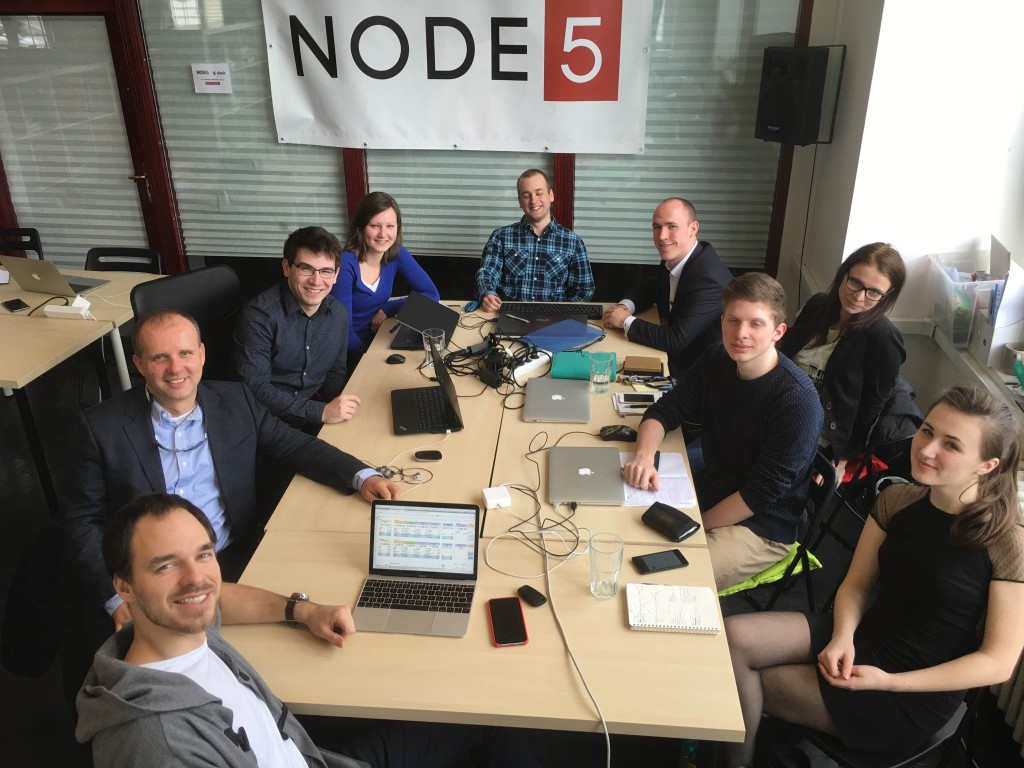Let me tell you a story about my hardest lesson learned in my career so far. A startup founder or CEO will eventually come to the “We’re fucked, it’s over” moment. The good thing is: All the successful companies has been there too.
The hard things
The title of this article comes from a great book The Hard Thing About Hard Things by Ben Horowitz. I mentioned the book earlier on this blog and I will mention it again. I believe it is by far thebest book on managing startups.
Ben Horowitz, author of this book, is a successful venture capitalist. He started as a startup CEO in the 2000 dot-com boom era. He tells his life story. To my surprise, it’s not about success, but mostly failure and struggle.
Everyone wants to quit eventually
As CEO, there will be many times when you feel like quitting.
This was said by Ben Horowitz, but not just him. I heard it dozens of time listening to talks and reading stories about great CEOs. I always thought it is just a cliché.
My partner at Andreessen Horowitz, Scott Weiss, relayed that it’s so common that there is an acronym for it, WFIO, which stands for “We’re Fucked, It’s Over”. As he describes it, every company goes through at least two and up to five of these episodes
This is one of my favorite quotes of the book.
Why didn’t anybody tell me that?
“I am not stupid. The market is there. The product is almost ready. There is no reason why we shouldn’t be profitable within our first year.” Yes, I did say that to myself 2.5 years ago when I left the corporation and joined a startup project as a CEO.
The truth is, it is much harder than that. Everything takes much longer and costs much more money than expected. The growth is not coming. You receive angry customer calls, feel the constant pressure from investors. You fear about how to pay the people in your team every month. The growth is still not coming. One day, I said “We’re fucked, it’s over.” I wanted to quit. That was one of my several WFIO moments.
Amazing thing happened
Luckily, I was lucky enough to have mentors who have been through that. They helped me stay and persist. One month, after my WFIO moments, things started to look way better. This is our organic traffic from a period of 3 months last year:

This is how I learned that persistence is the key: You cannot stop in front of the wall. You should run and break it with our head. Yes, it hurts. But it works.
There is a great story on similar topic that I love. How quitting my corporate job for my startup dream f*cked up my life
It is not the end
Our company is now growing fast. It will still take some time before we can open the bottles of Champagne and call it a success. There might be even more WFIO moments coming. In the meantime, I keep this quote in mind:
Everything will be okay in the end. If it’s not okay, it’s not the end.
John Lennon
I wish you all that you successfully survive your WFIO moments. If you are curious about what happens next in my story, sign up for my monthly e-mail. I will summarize all best things I learned, read and wrote in a short message.







